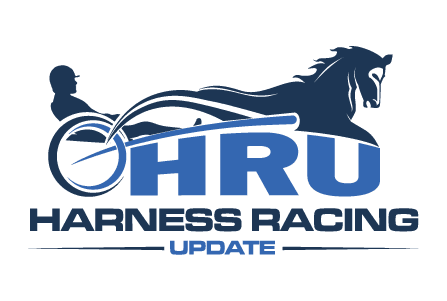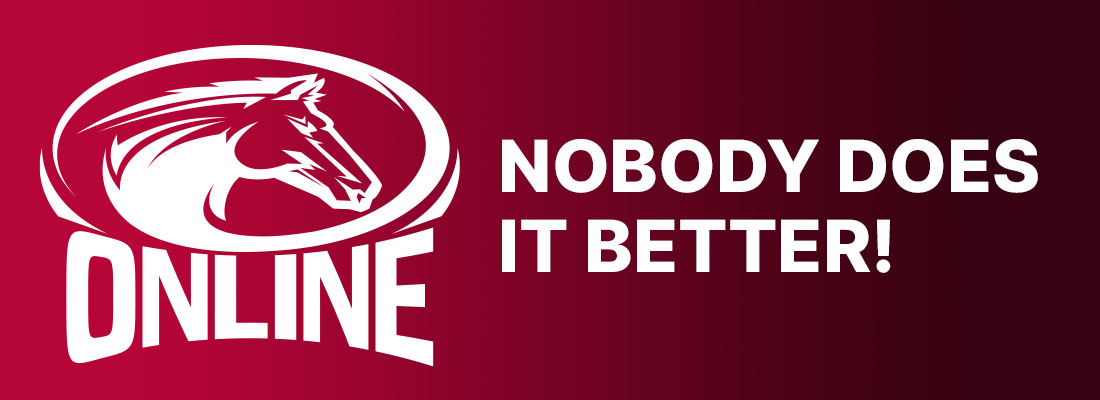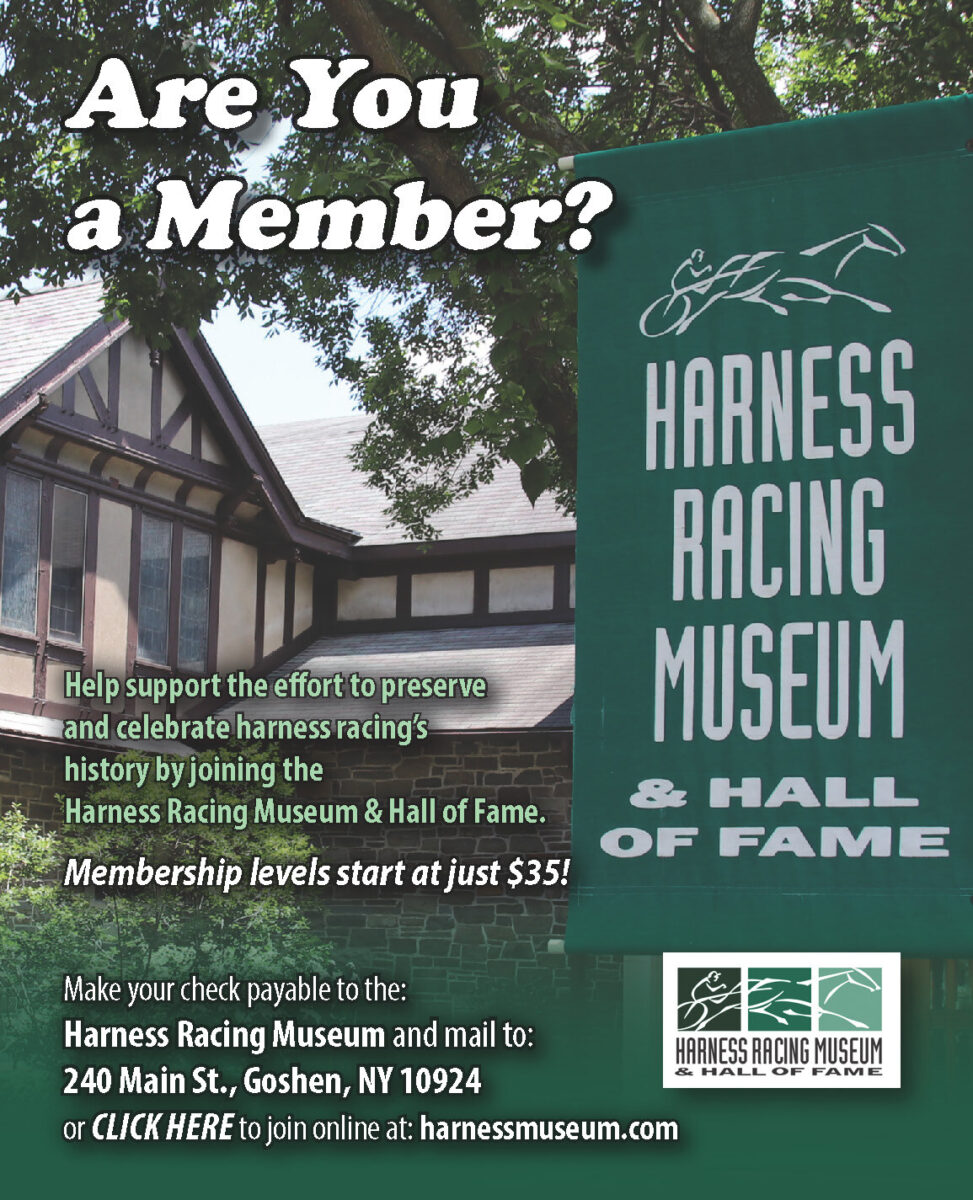Extended viability – a larger floor
by Trey Nosrac
What new models could be feasible if our sport faces downsizing, decoupling, defunding, or disappointment? The answer to that question depends on the participant’s point of view.
For folks in my corner of the harness racing world, nothing matters except sires stakes racing. We do not care a whit about national racing, international racing, overnight racing, older horse racing, winter racing, ostrich racing, thoroughbred racing, or claiming racing. Thoughts of buying a yearling that turns into a grand champion are fleeting. Our immediate consideration is a code red situation where we buy, stake, and pay to train a horse that does not give a penny of ROI or an ounce of FUN.
We realize ours is a risky game, and state racing programs cannot guarantee that our yearling will qualify for racing or make money. However, state racing programs can increase our chances of not having a total fiscal disaster. A state program can improve our odds of having fun with this yearling. Allow me to make up some numbers as a stalking horse for this concept.
In 2026, a state racing program has a foal crop of 3,000. In 2028, 2,000 yearlings go to market from this state crop. In 2029, 1,000 2-year-old horses from this crop qualify. In 2029, approximately 330 will be the same sex and gait of competitors as my 2-year-old. These horses will be my racing universe. At the end of the 2029 racing season, from this crop of yearlings, about one quarter earn money, one quarter pay expenses, one quarter earn little, and one quarter earn nothing.
The “earn little” and “earn nothing” categories are the focus of this proposed restructuring. Young, marginal racehorses deserve a longer run, and the owners of these horses should be in a situation where they can have some enjoyment. Here is the crux of my madness. The state programs should swap out races for older horses and write abundant races for state-eligible young horses that currently fail to make the racing grade.
In my opinion, a 7-year-old warhorse, bless his heart, with 93 starts and earnings of $157,000, should never race if a customer in this state program owns a young state-bred horse that has never won a race, never broken two minutes, with lifetime earnings of under $1,000. Any horse that squeezes under the wire in a qualifying time should have several competitive racing situations. The qualifying times could be adjusted to allow more horses and owners to participate.
Does this mean there will be races for young state-bred horses that are, for some minds, dreadful slowpokes? Absolutely. But relativity is always helpful. A trotting horse that could cover a mile in 2:07 was world-class 50 years ago. To my mind, this type of racehorse is still a marvel. To underline my strange theory, these slow state horses should have opportunities through age 4. Sacrifices will be necessary to make way for the younger, slower local racehorses. Older horses will be squeezed or eliminated.
If our future is to ride the state-based racing format into the sunset in harness racing, why not go all out and reward more participants fiscally and entertainment-wise? The genuinely great horses will be fine. Paint a brighter picture for possible customers where the odds of having fun and earning money are improved.
If a state racing program requires 20,000 races per year, the speed of the races is not a factor, nor is the age or talent level. States do not need warhorses racing instead of state-bred horses owned by owners who wish to play the local game.
Reallocate purse money from culled older horses. Create a fun, competitive sphere (in addition to fairs) for the tweeners, the stragglers, and the strugglers. Do we continue to bid adieu to trotters in the 2:05 to 2:09 range and pacers in the 2:01 to 2:06 range, or do we purposefully create a playing space for them?
Nobody with these slower performers will make notable money, and some people will be reluctant to drop to the fair or the new lower racing classifications. These feelings are understandable; every owner wants to play in the majors because there is little money in the low minor leagues. But today, if you do not wish to continue with this marginal racehorse, you can send a 2:07 trotter to the online marketplace for new owners willing to race these horses. Young people, hobbyists, and wannabe trainers can pick up a horse of this type and get some experience and competition.
One of the reasons for suggesting this expanded playing field for young local horses and cycling out older horses is the future. Racing likely will contract, and we will become more of a niche sport, probably more of a local sport. When we need a restart, racing in the manner suggested above may make an easier transition. Customers will not need to purchase horses that race miles at record speeds. The sport may not be as cutthroat. Harness racing future participants may love the game and want to play. If they do, we should nurture every customer and give them every chance to defray the costs and increase enjoyment.
Let me conclude by giving a concrete example. A few years ago, a fellow purchased a $15,000 yearling. The purchase, the training, and the staking were a fiscal stretch for him. His excitement level building to the race season was high. Seeing the trotter barely qualify on the third attempt was thrilling. At this point, the trotter struggled. The odds were long this trotter would ever race a mile in two minutes. No purse money came in, but the bills kept coming. This story is as old as horse racing.
The result was an unsatisfied customer. There was no blame. This horse had no future in the current racing world. Due to the lack of ability to go three or four seconds faster in a one-mile race, this person had a bad experience. Those three seconds made all the difference for this horse and dozens in the same boat. The customer did not come back.
If somehow, somewhere, someway, the chance to compete against similar young horses, earn some money to defray bills, and have some enjoyment, the owner would still be in the game.

















